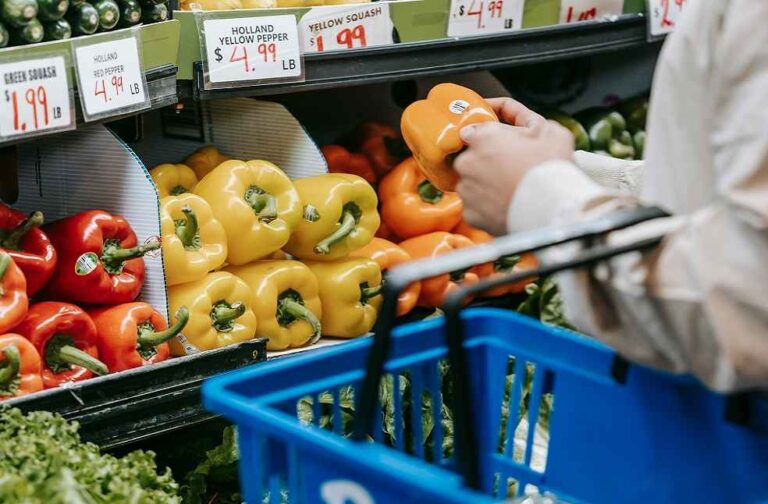Rome: The FAO Food Price Index, a global benchmark for food commodity prices, rose for the third consecutive month in May, driven by higher prices for cereals and dairy products, according to a report by the Food and Agriculture Organization of the United Nations (FAO) on Friday. This increase outweighed declines in sugar and vegetable oil prices.
In May, the FAO Food Price Index averaged 120.4 points, reflecting a 0.9 percent increase from April’s revised level. Despite this rise, the index was still 3.4 percent lower than a year ago and 24.9 percent below its peak in March 2022.
Cereal Prices Surge
The FAO Cereal Price Index climbed by 6.3 percent from April, driven by rising global wheat export prices. This increase was due to concerns about unfavorable crop conditions affecting yields for the 2024 harvest in major producing regions, including parts of Northern America, Europe, and the Black Sea region. Additionally, maize export prices rose due to production worries in Argentina and Brazil, influenced by Spiroplasma disease and unfavorable weather, respectively. The wheat market’s spillover effects and limited selling activity in Ukraine also contributed to this rise. The All-Rice Price Index saw a 1.3 percent increase in May.
Dairy Prices Increase
The FAO Dairy Price Index rose by 1.8 percent from April, driven by increased demand from retail and food services ahead of the summer holidays. Market expectations of reduced milk production in Western Europe below historical levels also played a role. Renewed import demand for spot supplies from some Near East and North African countries further boosted dairy prices.
Sugar and Vegetable Oil Prices Decline
Conversely, the FAO Sugar Price Index fell by 7.5 percent from April. This decline was primarily due to a strong start to the new harvest season in Brazil and lower international crude oil prices, which reduced demand for sugar.
The FAO Vegetable Oil Price Index dropped by 2.4 percent from April. The decrease in palm oil prices, driven by seasonal output increases and weak global demand, offset higher prices of soy oil, driven by increased demand from the biofuel sector, and firmer prices of rapeseed and sunflower oils due to reduced export availability in the Black Sea region.
Slight Decrease in Meat Prices
The FAO Meat Price Index saw a marginal decline of 0.2 percent as international prices for poultry and bovine meats fell, while prices for pig and ovine meats increased.
MOST READ | Songs become emotional & repetitive since 80s; Study



